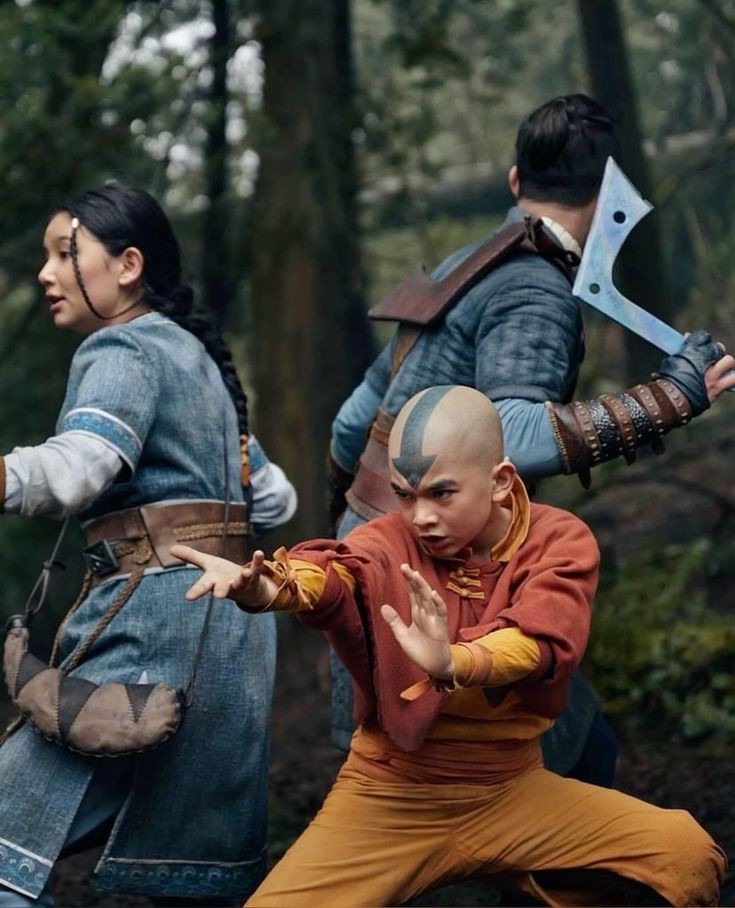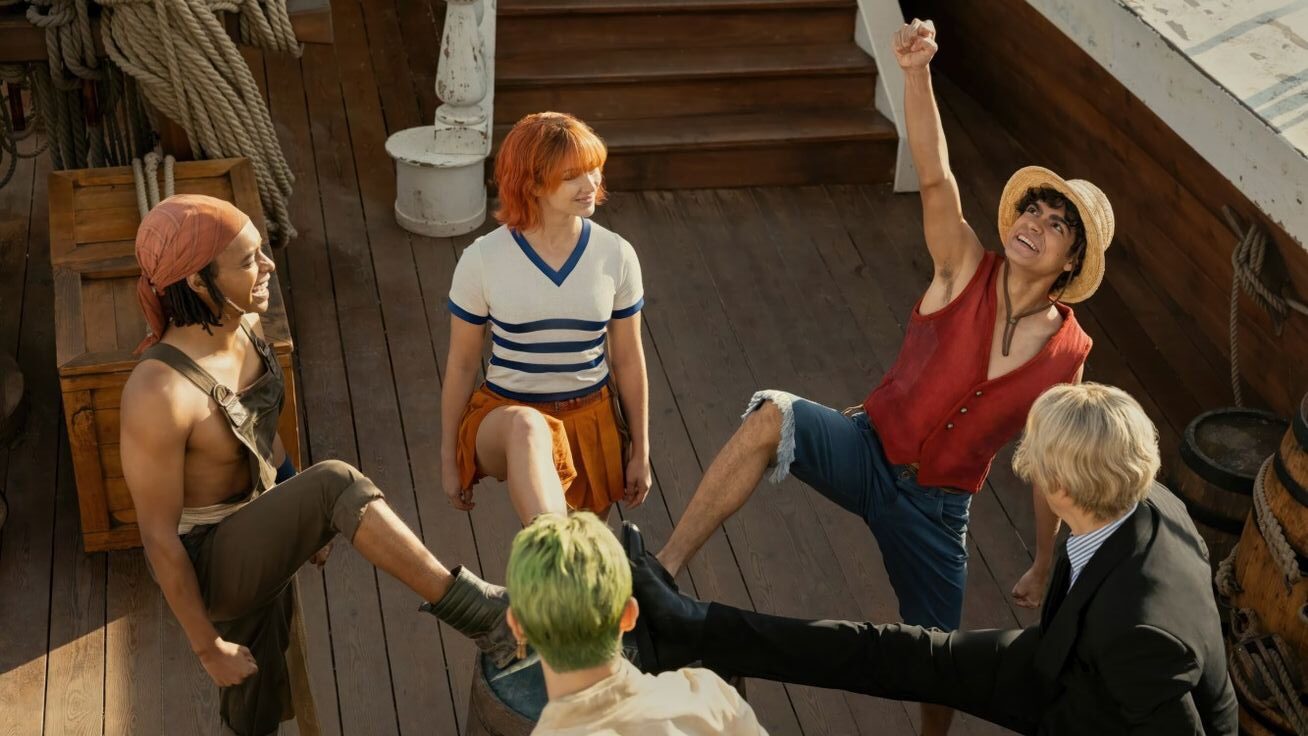Are Live-Action Adaptations a Risky Bet for Studios?

Join us as we dissect the streaming giant’s bold foray into transforming beloved stories into live-action adaptations, and try to understand if this strategy is actually working.
Netflix has had a tumultuous relationship with live-action adaptations, often encountering criticism and skepticism from both fans and critics. From controversial casting choices to diverging significantly from source material, Netflix has faced numerous challenges in translating beloved animated series or popular books into live-action formats. We all can’t forget how poorly they did with the adaptations of “Death Note” and “Cowboy Bebop,” which made us question if live-action adaptations can actually be good. “Avatar: The Last Airbender” is the most recent adaptation Netflix released, and the show received some mixed reviews. They tried to reimagine the story a little and made it all serious, as the story deals with subjects of war and political tension. While taking the fun part of ATLA out itself wasn’t a very good idea, they also rushed the pacing and didn’t give enough time to characters around Aang to develop and have stories of their own. Aang does most of the important jobs in the show, and it rarely shows how having reliable friends by your side saves the day. At some point, they mixed some plot points together, and it felt as if they were just trying to cover everything from the original ATLA series while taking away the most important parts of it. Though Netflix’s version of ATLA couldn’t replicate the enchantment of the original, it was still an enjoyable show.

Talking about what Netflix is doing well with live-action, we can’t avoid mentioning how well they did with the live-action adaptation of “One Piece.” Not only fans, but people who have never watched “One Piece,” also enjoyed the show. Talking about these recent projects, it makes us wonder if Netflix has figured out what makes the original shows so interesting? But even then, we never had an adaptation that could match the energy and the magic of its source material. Then, why would Netflix be so eager to make these big-budget adaptations? Despite these setbacks, Netflix continues to pursue live-action adaptations. According to ‘Collider,’ “Avatar: The Last Airbender” dominated Netflix with getting more than 22.2 Million views just within 4 days of its release. The live-action adaptation of “One Piece” cost around $18 million per episode, and the show made staggering commercial profit, which also confirmed its second season. This makes it clear that making live-action shows is definitely not a cheap affair, but if it’s done right, it has potential to make profits if it becomes critically and commercially successful.

Well, Netflix is not the only one that confidently produces live-action adaptations of popular shows. Talking about how Disney reimagines its popular shows, a few of them have given a very mediocre return to the studio, but overall, making live-action adaptations has proven to be lucrative for the studio. Disney has been making live-action for years now, and they don’t seem to have any plans of stopping, despite some adaptations facing dispute and mixed reviews. Some of the adaptations have done incredibly well and found their spot in the $1 billion club. Such adaptations include “The Lion King,” “Beauty and the Beast,” “Aladdin,” etc. Also, the way Disney reimagines its old stories could be a reason why fans don’t find them as appealing as their predecessors. “Mulan” (2020) is one of the biggest live-action flops of Disney, despite the fact that it was released when Disney+ was incredibly popular; it didn’t get much in terms of economical success. There were many things wrong about the reimagined “Mulan,” but most importantly, the live-action adaptation couldn’t capture the heart of the original. People loved the original “Mulan” because of how dedicated, hardworking, smart, and brave she was. Despite not being physically as strong as men and with no combat training, she makes a tough choice and goes to war. The kind of strength she has shown in the original film was inspiring for many kids who grew up with this story. On the other hand, the live-action “Mulan” was just not relatable. They copied the original and still managed to leave behind the stuff that made the original source beautiful.

Is the live-action strategy actually working?
It all brings us back to the question if making live-action adaptations of popular shows is actually worth it? The reimagined version often tries to distinguish itself from the source material to make the representation more entertaining and relatable to newer audiences, but often it leads them to miss the charm that made the original show popular. Despite bad performances of these films and shows, studios don’t seem to be ditching this strategy anytime soon. Maybe it’s easier to bet on the shows that have an established audience. Stories that have been already written, watched, and loved. But that also means that the makers of these live actions have a standard to reach, and hence, it remains a double-edged sword. Is it worth taking the risk? Is this strategy actually working? Well, it depends on the particular aspect we are talking about. If we talk about financial success, then, most of the adaptations, especially the ones that have been produced recently, have performed well financially. But as far as critical acclaim is concerned, opinions might differ.
Also Read: Bollywood films on Mental health to be watched for their right representation
Follow us @discultured

1 thought on “Are Live-Action Adaptations a Risky Bet for Studios?”